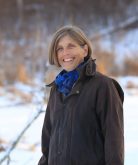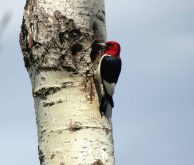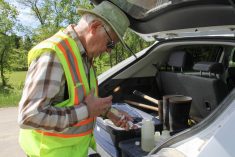A joint study in southwestern Manitoba hopes to jump-start understanding of carbon storage and greenhouse gas release from wetlands in two important agricultural landscapes.
The study has deployed sensor-equipped towers (flux towers) to measure carbon dioxide and methane emissions from wetlands on both cattle and annual crop farms.
The project is funded by the Canadian Agriculture Partnership, Ducks Unlimited Canada (DUC) and its project partner Manitoba Forage & Grassland Association (MFGA).
Read Also

What is perfect Christmas weather?
What is ‘perfect’ Christmas weather on the Prairies? Here’s where you should head this holiday, according to historical weather data.
“Agriculture uses a significant amount of land in Western Canada and our study will help inform how different agricultural practices can help reduce greenhouse gas emissions,” Pascal Badiou, lead project scientist from DUC’s Institute for Wetland and Waterfowl Research, said.
The study expects results next year. Among those findings, organizers say, the study will help include wetland management in national carbon and greenhouse gas reporting.
Other take-aways will include data to inform offset protocols for wetland restoration, which DUC and the MFGA hope will spark financial incentive for farmers, as well as groundwork for a long-term Prairie monitoring program.
“Accounting for the ecosystem services from these systems will be important for developing effective communications to increase public knowledge of the role the beef and forage industry play in maintaining natural landscapes and the services they provide society,” Lawrence Knockaert, MFGA chair, said.















